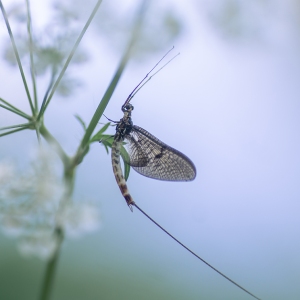
You can be a citizen scientist. The records collected by citizen scientists are enormously valuable to our understanding of biodiversity. It would be impossible to collect all the data we need to protect nature without the help of volunteers. This data is vital to aid our understanding of the natural world, helping to protect species and habitats, and informing research, policy and management.
These are just some of our favourite projects, but there are many more you can get involved with, to suit all ages, abilities and interests.
Nature’s Calendar is a phenology project run by the Woodland Trust and explores the effect weather and climate are having on wildlife.
The NHM run lots of community science projects. You can learn all about them by exploring their resources at the Nature Recording Hub.
The NHM Nature Overheard project investigates the impact of noise pollution on insects near roads. Take part by recording audio on your street.
The PTES run multiple projects including the Great Stag Hunt, Living with Mammals, Orchard Surveys, Great British Hedgerow Survey and more.
The Big Seaweed Search monitors the effects of environmental change on Britain’s sea life by recording living seaweeds on our shores.
With BSBI New Year’s Plant Hunt plant lovers across the country record flowers in their local patch and the impact of climate change.
The National Plant Monitoring Scheme surveys plants across different habitats in the UK. Plant abundance is used to understand habitat health.
Riverfly Survey, the Dorset WildlifeTrust train volunteers to carry out monthly riverbank surveys using kick sampling for the Riverfly Partnership.
BirdTrack is a bird recording app. developed by the BTO and other partners. Data will help with understanding changes in populations.
RSPB Swift Mapper monitors swift numbers by asking volunteers to record Swift nests and Swift screaming parties across the UK.
ARC‘s Garden Dragon Watch explores how many gardens have suitable habitat for native reptiles and amphibians and how they are using them.
PondNet Spawn Survey maps sightings of Common Frog and Common Toad spawn to better understand how amphibian breeding behaviour.











